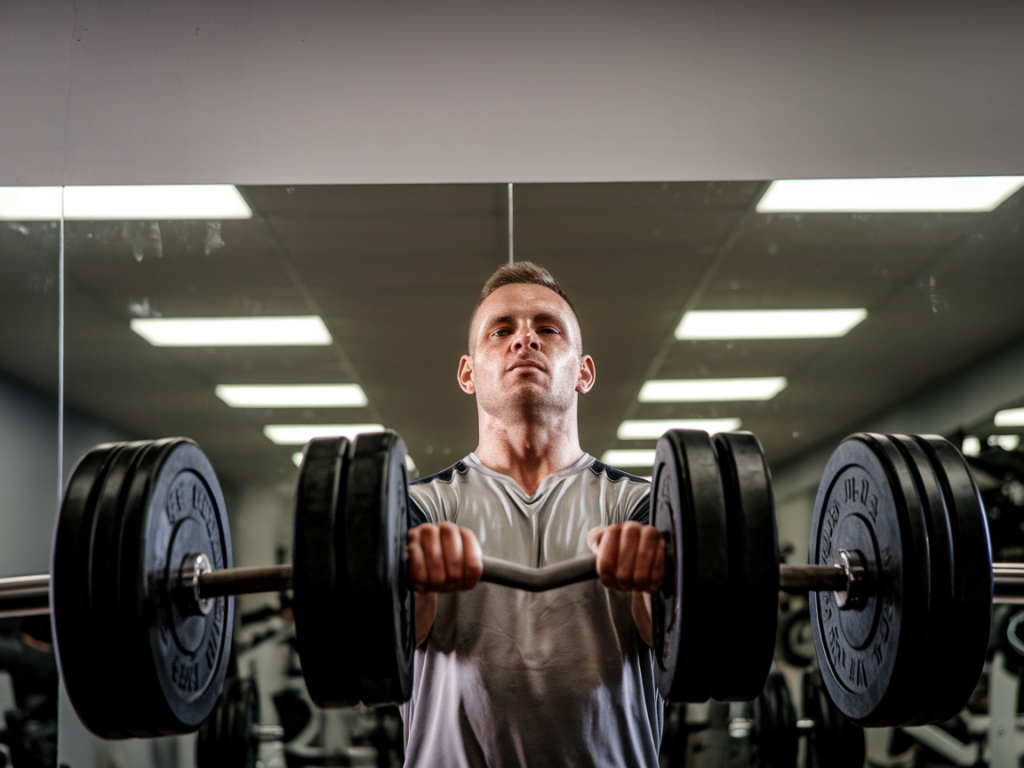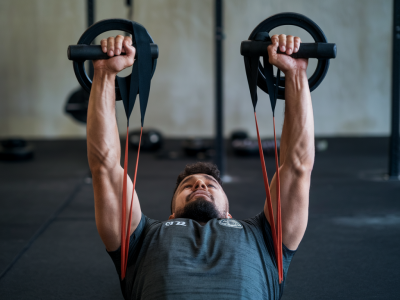
What Are Macros and Why Do They Matter?
As athletes or fitness enthusiasts, we hear the word “macros” thrown around a lot. But what exactly are they, and why are they so important? Macros, short for macronutrients, are the nutrients our body requires in large amounts to function properly. They are the building blocks of energy, recovery, and muscle growth.
The three main macronutrients are proteins, carbohydrates, and fats. Each one plays a specific role in athletic performance and overall health:
- Proteins: Essential for muscle repair and growth. Think chicken breast, eggs, lentils, or whey protein powder.
- Carbohydrates: Your body’s primary source of energy. Found in foods like rice, potatoes, oats, and fruits.
- Fats: Crucial for hormonal balance and long-term energy stores. Sources include avocado, nuts, fatty fish, and olive oil.
Macros are like the engine oil, fuel, and coolant of a car—they each serve a purpose, and together, they keep things running smoothly. If you're looking for optimal athletic results, getting your macro balance right is non-negotiable.
How to Determine Your Ideal Macro Ratio
There’s no one-size-fits-all approach to macro ratios. Your ideal ratio depends on factors like your personal fitness goals, body composition, and the intensity of your workouts. However, here are some general guidelines:
- Endurance athletes: 50-60% carbs, 20-25% protein, 20-25% fats
- Strength athletes: 40% carbs, 30-35% protein, 25-30% fats
- Weight loss goals: 30-40% carbs, 30-35% protein, 30-35% fats
To figure out your macro needs, you can calculate your daily caloric needs using the Harris-Benedict formula or any online TDEE (Total Daily Energy Expenditure) calculator. Once you know your calorie goal, you can break it down into percentages for each macro and convert that into grams. For example:
| Macro | Calories Per Gram |
|---|---|
| Protein | 4 |
| Carbohydrates | 4 |
| Fats | 9 |
Say your daily caloric intake is 2,000 kcal and your macro split is 40% carbs, 30% protein, and 30% fats. Here’s the math:
- Carbs: 2,000 x 0.4 ÷ 4 = 200g
- Protein: 2,000 x 0.3 ÷ 4 = 150g
- Fats: 2,000 x 0.3 ÷ 9 = 67g
Once you’ve calculated your macros, you’re ready to take the next step: planning your meals and snacks!
Practical Tips to Balance Your Macros
The biggest challenge isn’t calculating your macros—it’s implementing them! Here are my best tips to make macro-balance manageable, even with a busy schedule:
- Plan Your Meals Ahead: Spend an hour every week pre-planning meals or tracking them with apps like MyFitnessPal or Cronometer. This gives you a clearer picture of what you'll need to hit your macro goals.
- Invest in a Food Scale: Portion sizes can be deceiving, so weighing your ingredients ensures accuracy. Trust me, your “two tablespoons” of peanut butter might actually be four!
- Embrace Meal Prep: Batch cooking lean proteins, whole grains, and veggies will save time and reduce the temptation of grabbing unhealthy options when you're tired or busy.
- Incorporate Macro-Friendly Snacks: Snacks can fill in macro gaps throughout the day. For example, Greek yogurt with berries (carbs and protein) or almonds (healthy fats).
For athletes, portable snacks like protein bars (I love RXBAR or Quest Bars) or homemade energy balls are great for keeping your macros on point without compromising your training schedule.
How to Handle Cheat Days Without Throwing Off Your Balance
Let’s be real: life is meant to include pizza nights and birthday cake. Cheat days or indulgences don’t have to derail your hard work. The key is to approach them with balance and mindfulness:
- Plan Ahead: If you know you’ll be indulging, adjust your macros earlier in the day. For example, reduce fats and carbs during breakfast and lunch to allow for an indulgent dinner.
- Don’t Stress: One cheat day won't undo weeks of consistency. Log it, enjoy it, and return to your routine the next day.
Remember, the goal isn’t to strive for perfection but to cultivate a sustainable and enjoyable lifestyle that supports your fitness goals.
Common Macro-Balancing Mistakes to Avoid
Even the most seasoned gym-goers can slip up when balancing their macros. Here are some mistakes to watch out for:
- Skipping Fats: Many people fear dietary fat, but healthy fats are essential for energy and hormone production. Avoid cutting them too low.
- Overloading on Protein: While protein is vital, eating more than you need won’t magically build more muscle. Balance is key.
- Neglecting Fiber: If you focus only on macros and neglect micronutrients like fiber, your digestion might suffer. Aim for whole food sources whenever possible.
Lastly, don’t forget to stay consistent. Progress comes from creating long-term habits, not short-term perfection.

